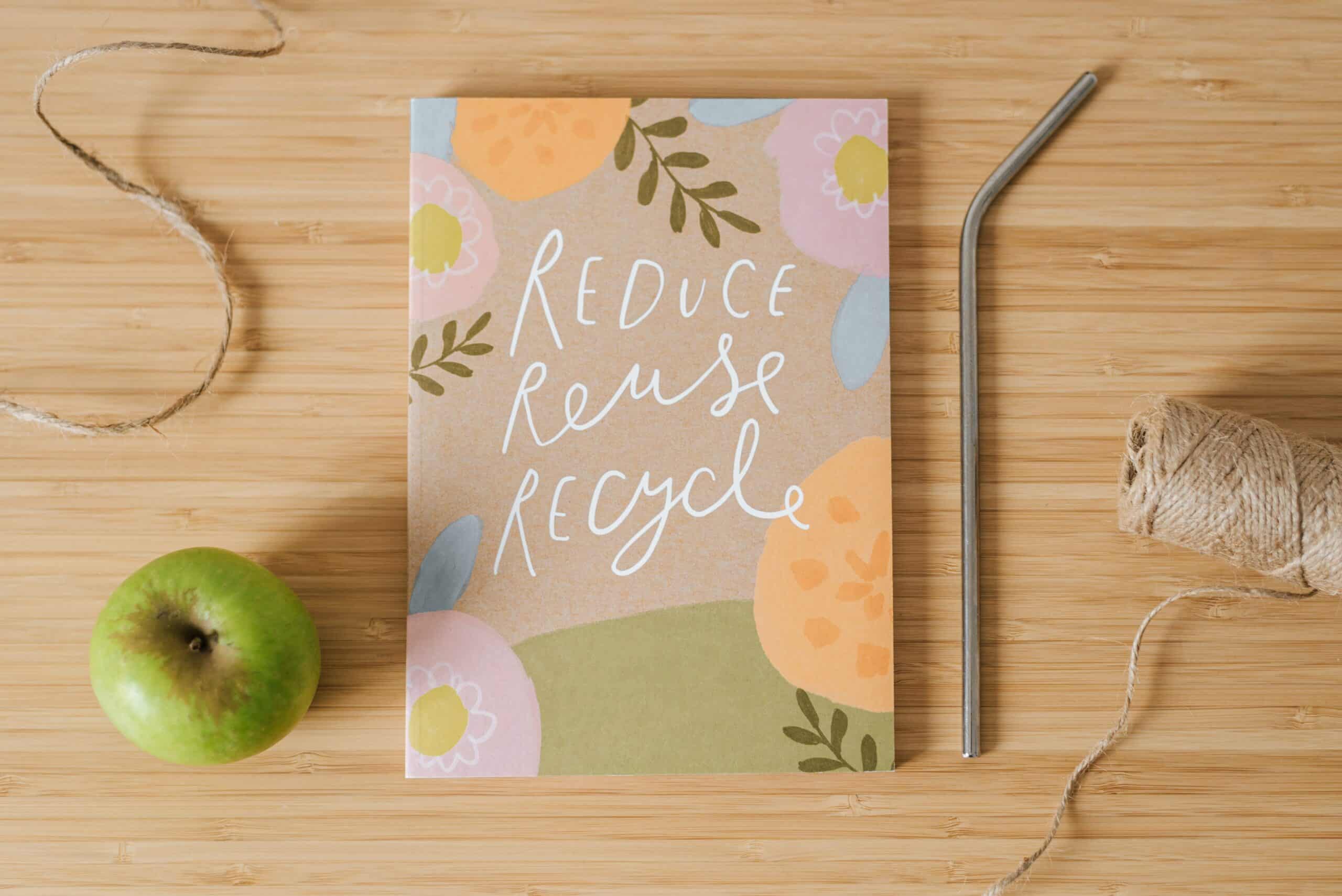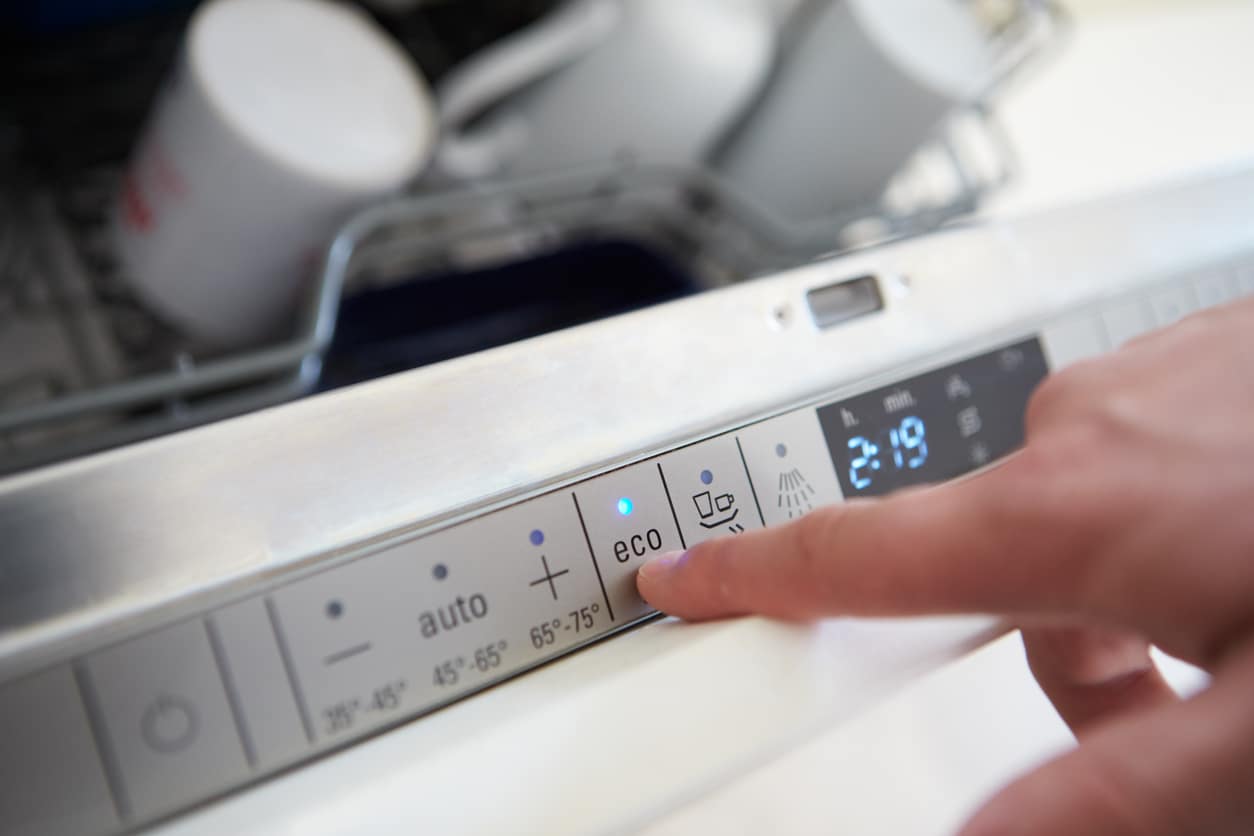
Here Is What You Need to Start Low-Waste Living
You’re ready to do your part to protect the planet by changing your ways and creating less garbage. After all, that mess has to go somewhere, but its final destination often damages the earth and her many ecosystems. What do you need to start low-waste living?
Fortunately, you don’t have too much work cut out for you. Reducing your consumption is the first half of the equation. Getting savvy about waste management does the rest.
Are you ready to see how low you can go in terms of your carbon footprint? Here’s what you need to start low-waste living.
1. Learn How to Recycle
Does this statement make you think, “Of course, I know how to recycle — I toss my rubbish in the bin?” It’s sadly not that simple. While single-stream recycling has become the norm in many places, it results in mixed and crushed materials, reducing the amount that sees second life. The rest goes to landfills, contributing to methane emissions, a greenhouse gas far heavier than carbon dioxide.
Perhaps in the future, improved technology will make single-stream viable. However, low-waste living currently demands you sort and rinse your recyclable materials, then take them to the center if your jurisdiction lacks such pickup. Contact the nearest sorting facility and ask them what they process — for example, most only accept certain numbers of plastic.
However, please don’t make the mistake of tossing otherwise recyclable materials in the trash. While you might need to send them to a specific location, you can recycle the following:
- Batteries
- Construction materials
- Packing materials
- Ink cartridges
- Electronic devices
You might not have to travel too far, as some businesses now do more to help. For instance, Staples accepts various electronics for recycling every day, including keyboards, mice, fax machines and printers. Your local domestic violence organization can definitely use the donation of your used mobile phone.
2. Learn How to Compost
Remember, landfills are notorious methane factories. You might not think tossing eggshells and used paper towels do that much damage — after all, they biodegrade, right? Put on your thinking cap, because it’s time to return to Chemistry 101.
For organic materials to break down into soil, they require oxygen. The crushing weight of landfills deprives them of air and results in anaerobic decomposition, hence the methane production and resulting pollution.
However, it’s a snap to learn to compost. Urban dwellers can now find adorable countertop units that erase any odor and complement your decor. Those with yards only need a 3-foot spot to place a small box for their organic waste. What should you include in your bin? Here’s a short list:
- Eggshells
- Vegetable and fruit scraps, including seeds (if you don’t save them for your garden), stems and cores
- Coffee grounds and unbleached filters
- Tea leaves and paper, unbleached bags (avoid plastic and staples)
- Yard waste
- Paper towels — hurray for tidy cleaners who worry about their consumption
- Wood chips
- Vegetarian pet bedding, such as hamster hay
It’s generally easier to remember what not to include. You should never add carnivorous animal feces to the pile, as the bacteria can contaminate your soil. Likewise, just say no to meat scraps and bones.
3. Reduce Your Consumption
The best way to start low-waste living is to stop consuming so much. This advice doesn’t mean becoming a monk and living on peanuts and water, but it does require becoming a more conscientious shopper.
For example, taking reusable bags to the store spares so many headaches from ripped sacks and broken eggs, yet people resist. Once you make the walk of shame back to your car to retrieve them once or twice, you’ll remember them — challenge yourself to make the right choice instead of the lazy one. You can even find reusable produce bags to replace those non-recyclable, plastic ones.
Furthermore, now that the WHO has ended the COVID-19 health emergency, coffee and bulk shops once again let you bring reusable containers. Take advantage and dust off your stash.
Finally, look at packaging. While some countries have banned superfluous plastic wrap on fruits and vegetables, many products contain way too much unnecessary protection — after all, you wash your apple before eating it. You can show your values through your pocketbook, refusing to buy items encased in shells and cling wrap.
4. Up Your Repurposing Game
Last but not least, start low-waste living by getting good at repurposing items instead of throwing them away when they become too worn for their original use. Do you need some ideas? These ought to get your creative juices flowing:
- Cereal liner bags: Become piping bags for cake frosting or hamburger separators when cut into squares.
- Toothbrushes: Are perfect for scrubbing your grout or getting the crumbs out of game controllers.
- Glass jars: Transform into food savers to keep pests at bay or homemade scented candles made with coconut wax instead of paraffin.
- Egg cartons: Are perfect seed-starting containers or storage bins for small items like buttons or jewelry.
Start Low-Waste Living
Everyone plays a role in preserving the planet. Getting started with low-waste living says, “I’m ready to do my part to help green the earth”.
These four tips can get you started with low-waste living without too much effort. You’ll feel better about your consumption and waste management habits, knowing you’re doing your part to embrace sustainability and preserve the environment for future generations.



Post a comment